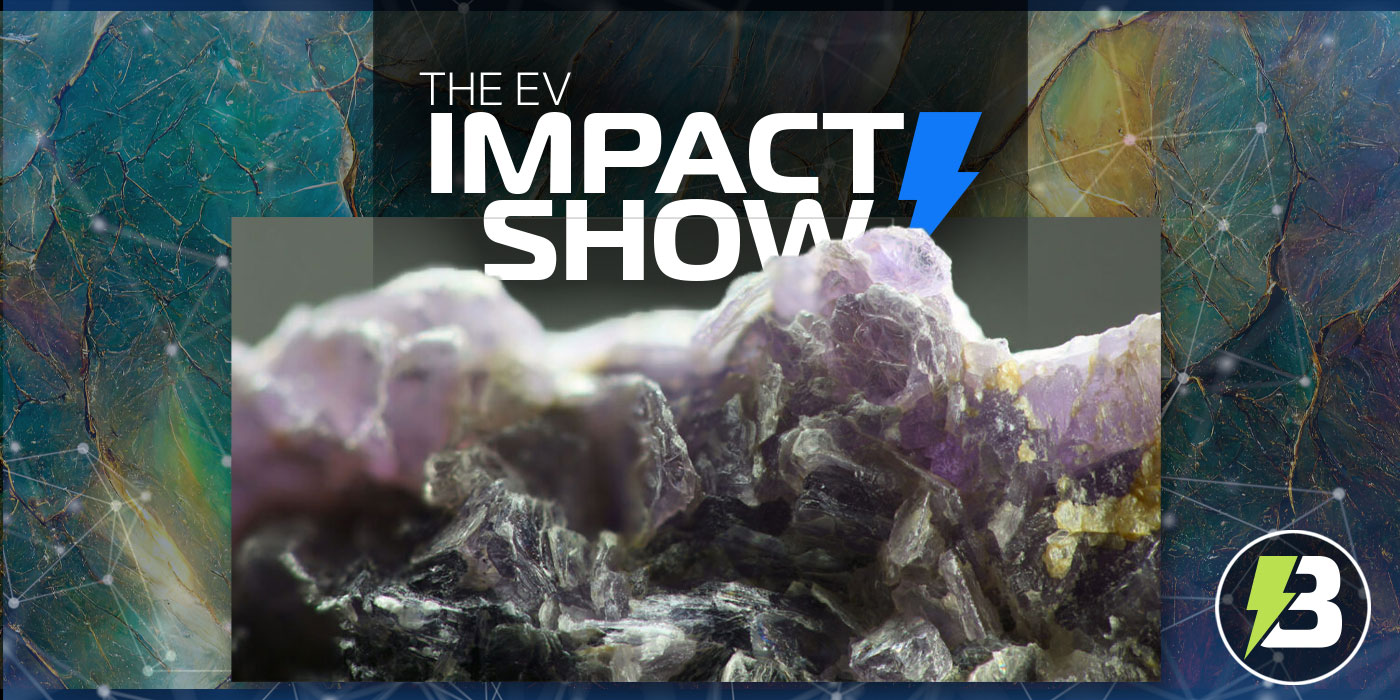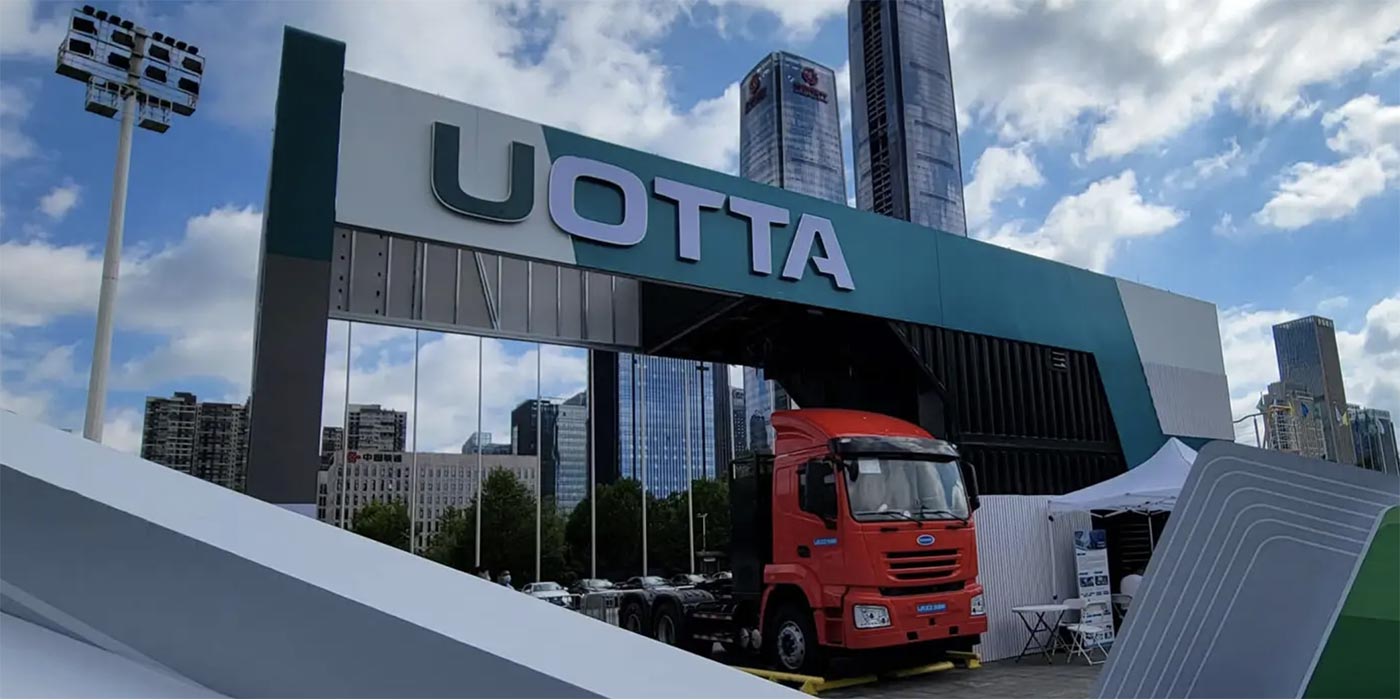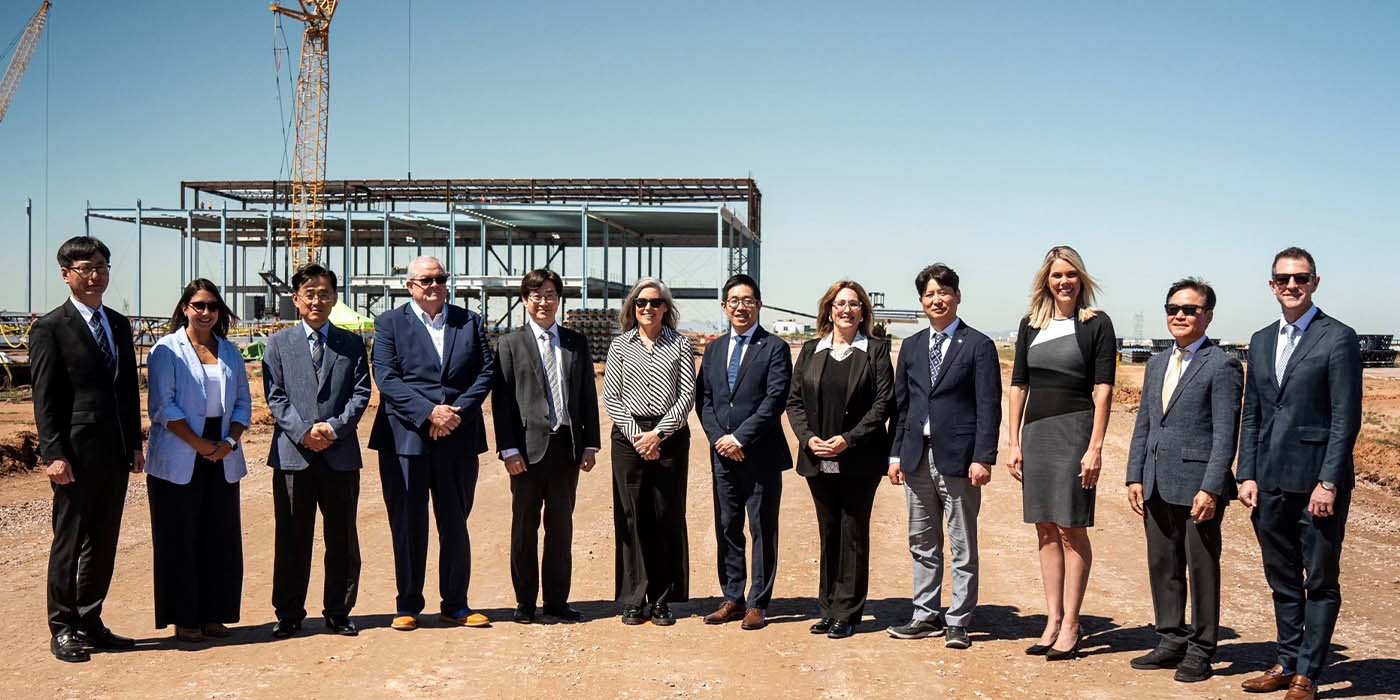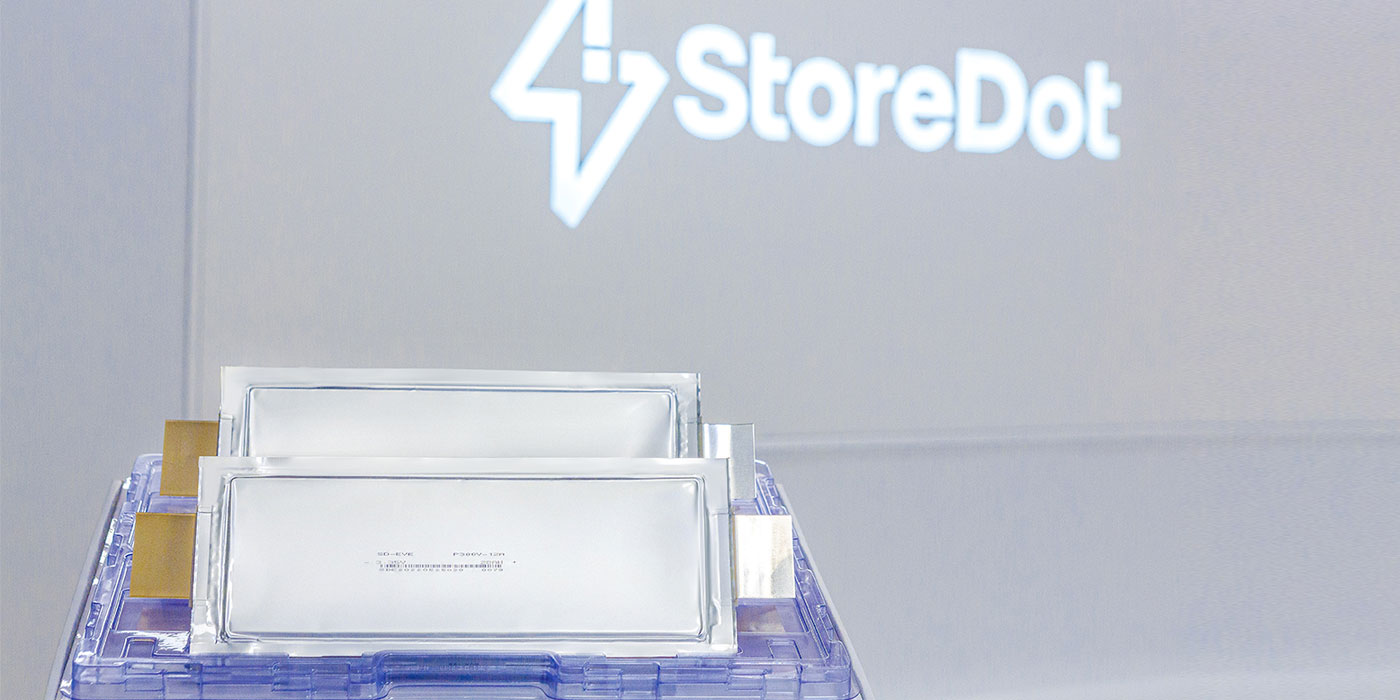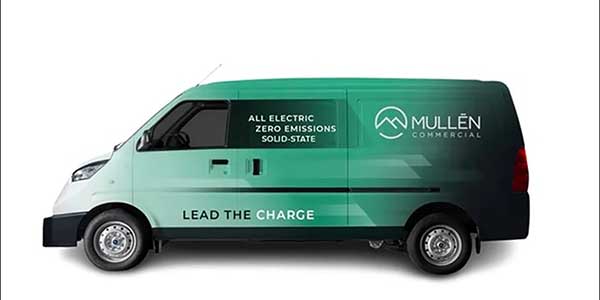Legacy automakers have all taken different paths in their approach to electrifying their fleet. Some have chosen to go slow and steady, only planning one or two fully-electrified models while they take the temperature of their customers. Some are focusing their electrification efforts on hybrids, believing that their customers won’t be ready for full-on EVs anytime in the near future.
Then, there are those who are truly all-in riding the EV wave. And, it’s hard to argue that Ford isn’t one of these.
Ford first put its chips on the table nearly two years ago back in May 2021. That’s when Ford President and CEO Jim Farley introduced the Ford+ plan, which among other things, separated the company’s electrification efforts into its own distinct business, known as “Ford Model e.”
Want more EV Impact Show? Click here.
The separation wasn’t simply symbolic. The Ford Mustang Mach-E and F-150 Lightning pickup were on track to be hugely successful, and this helped prove to Ford that there would be little risk in the company dumping more resources into this business. Farley called Ford+ the company’s biggest opportunity for growth and value creation since Henry Ford scaled production of the Model T.
Now, two years later Ford’s electrification efforts continue to show promise. The company claims it is working to deliver an annual run rate of 600,000 electric vehicles globally by the end of this year, and 2 million EVs globally by the end of 2026 as part of its Ford+ plan.
Already through February of this year, Ford says its electric vehicle sales are up 68%, and it is doubling or in some cases tripling production of some of its EVs this year to keep up with customer demand.
Ford is set to nearly double its hourly production of the Mach-E, for example, bringing its annual manufacturing run rate to a targeted 210,000 units by the end of the year. In Michigan, production of the F-150 Lightning is on track to triple this year, with the company targeting an annual production run rate of 150,000 by the end of the year.
Consider this, too: Just a few months back, Ford announced it would be investing $3.5 billion to build the country’s first automaker-backed LFP battery plant, offering customers a second battery technology within Ford’s EV lineup. Production is due to begin in 2026.
Now, LFP batteries in EVs work differently than the batteries we’re typically used to seeing, which are usually NCM, or nickel cobalt manganese. Some automakers believe the upside to these batteries is that they are very durable and tolerate more frequent and faster charging while using fewer high-demand, high-cost materials, like some of those rare earth metals that tend to cause a lot of social and economic issues. These batteries will cost Ford less to produce, a cost savings Ford plans to pass on to the customer. LFP batteries have tons of advantages, but keep in mind it isn’t all gravy. LFP batteries have a lower energy density and have been known to have their charging performance suffer a bit at low temperatures.
The point, though, is that Ford is diversifying its production for its huge customer base, and this strategy clearly makes sense for the automaker right now. Ford most definitely has a swath of customers who will be happy to make some possible performance concessions in exchange for paying less upfront.
Customers don’t have to wait until 2026 if this is of interest, either. Even before the new battery plant opens, Ford says it will introduce LFP batteries on the Mustang Mach-E this year and F-150 Lightning in 2024 to increase production capacity, with the goal of reducing wait times for customers.









